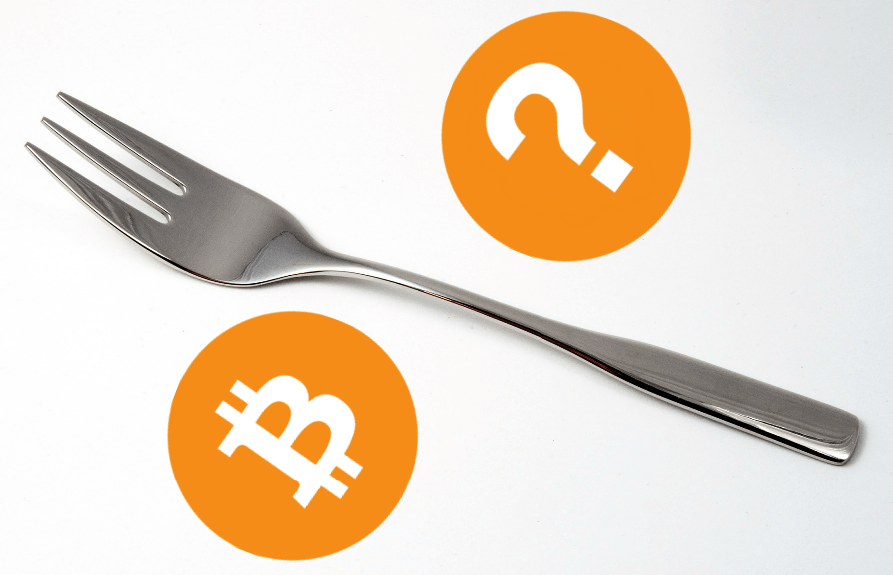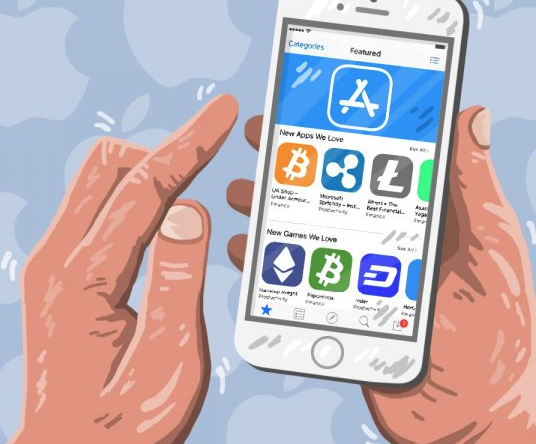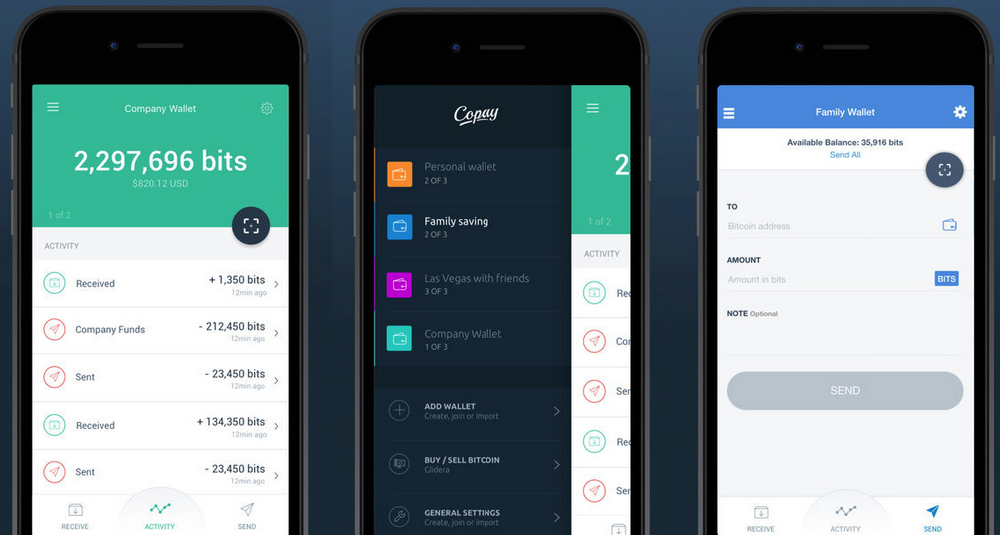So, what is fork? Users of cryptocurrency occasionally see wild price fluctuations that are commonly referred to as “fork”. Forking usually occurs when there are two data miners finding a valid hash in a short period of time. Both miners then spread this hash to their neighbors for verification, which causes their network to split in two: where the first half believes their hash is to be included in the blockchain ledger, while the other network also believes in the same faith for their hash.
Cryptocurrency is a digitalized asset created as a medium of exchange for different online transactions. It uses the practice of cryptography to ensure confidentiality and data integrity of the different transactions made, as well as to prevent counterfeiting.
The most remarkable feature of a cryptocurrency is that it is not owned by any central authority, which makes it free from interference and manipulation from the government. It is a peer-to-peer network, which means one person can send money to the other person directly without going through banks, thus cutting back transaction fees. Its anonymity also makes it suitable and very ideal for illicit activities such tax evasion, money laundering, and purchasing items in the black market through the dark web.
The first cryptocurrency that caught the attention of the virtual world is the Bitcoin – launched in 2009 by somebody who goes by the pseudonym Satoshi Nakamoto. Bitcoins are stored in a digital wallet, sent over the internet, authorized using an electronic signature, and verified within minutes by a network of miners. After the verification process, transactions are recorded in a public ledger called the blockchain. As of April this year, a bitcoin is worth $1,223, which is very high, compared to last year’s value when one bitcoin was only worth $770.
What is forking, then, and when does it occur? Since Bitcoin is a software, it can be updated into a newer version. A Bitcoin fork happens when an old Bitcoin software is updated by its developers to a new one, thus following another set of rules. Therefore, if you had a bitcoin before the forking happens, you would have one bitcoin created by the old version of the software, and another bitcoin created by the updated one.
What Are the Different Types of Fork?
A cryptocurrency fork comes in different types, and they are caused by various events.
- The Accidental Fork – An accidental fork happens when there are two or more miners who found blocks at almost the same time. It usually occurs when coin updates are not compatible – that is, the miners involved are using different software that could either be an old or a new version. One way to get rid of this is to terminate the bugs that cause incompatibilities, and figure out ways to combine different blockchains.
- The Hard Fork – A hard fork occurs when cryptocurrency developers decide to change and/or upgrade the programming of the virtual coins. This decision will create incompatibilities among the different versions of the program. To solve this issue, there must be a consensus on whether or not the miners are willing to update their software.
- The Soft Fork – A soft fork is generated when software protocols are changed and only valid blocks and transactions from the past are invalidated. They can also occur when miners using outdate nodes violate a new set of consensus rule that their nodes don’t know about. A soft fork can only be reversed with a hard fork.
- Git and Software Forks – A git fork occurs when developers temporarily develop a codebase separate from other developers, while software forks are generated when developers permanently develop one.
Why Forks Are Bad
Fork occurrences always cause great panic and anxiety to cryptocurrency users. For example, if there are two blockchains existing, only one can be correct. Therefore, coin transactions involved in the ‘wrong’ blockchain could be lost and go to waste. That is why every time a fork happens, people are warned about temporarily ceasing from transactions until the issue is resolved by the experts.
Forks are also very dangerous for companies, since it might cause great financial disturbance and even bankruptcy. Transactions could be lost during a fork, which means there is a possibility for a company to lose tremendous amounts of money if they do not ensure that their software are always up-to-date.
Also, forks scare away potential cryptocurrency users. Frequent software updates could cause businesses and exchanges to a coin type that is more stable. If forks continue to happen, cryptocurrency users might withdraw from this virtual community for fear of losing more money in the long run. People who want to be members of this peer-to-peer network might also be discouraged from joining. If there are no participants, then forks might as well lower the worth of cryptocurrencies until they become worthless.
Forks are indeed stressful to the community of crypto currency users. Transactions become a lot riskier, and only few users can handle these risks. Coin investors will weigh their decisions very carefully, and most of them will probably choose to sell. It will also decrease the value of the coins, which is not ideal if an investor has long-term plans for his virtual currencies. However, if program developers are able to improve their codes, thus making coin transactions more stable, a fork could be a great buying opportunity for everyone.




Comments (No)